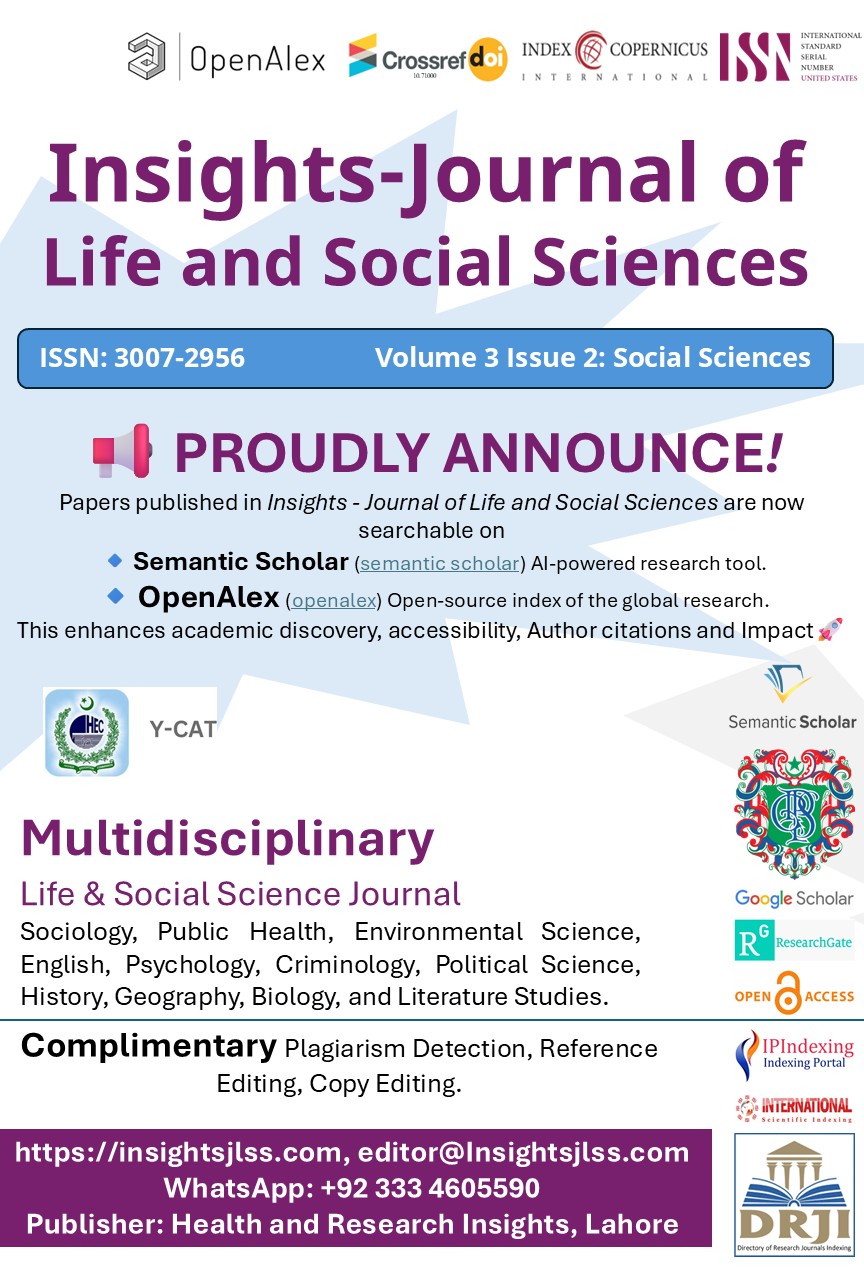RAISING AWARENESS OF ILLICIT DRUGS IN PAKISTAN, THE ROLE OF SEWAGE WASTEWATER ANALYSIS FOR DRUG DETECTION
Main Article Content
Abstract
Background: The detection of illicit drugs in sewage water has emerged as a valuable epidemiological tool for assessing community drug consumption patterns. Traditional self-reported surveys often suffer from underreporting and social desirability bias, whereas wastewater-based epidemiology (WBE) provides objective and real-time insights into substance use trends. This method offers a non-invasive and cost-effective approach to understanding drug abuse on a broader scale, aiding public health agencies in developing evidence-based intervention strategies.
Body: A range of advanced analytical techniques, including liquid chromatography-mass spectrometry (LC-MS), gas chromatography-mass spectrometry (GC-MS), high-performance liquid chromatography (HPLC), and immunoassay chromatogram techniques (ICT), are commonly employed to detect drug metabolites in wastewater. These methods enable researchers to estimate overall drug consumption, monitor emerging substance abuse trends, and identify potential public health threats, such as new psychoactive substances and overdose surges. However, despite its advantages, WBE has limitations, including its inability to pinpoint specific sources of drug metabolites or provide individualized consumption data. The ethical considerations of privacy protection and data interpretation remain critical in implementing this methodology responsibly.
Conclusion: Wastewater analysis has significant implications for public health monitoring, drug policy formulation, and law enforcement strategies. By integrating WBE with other epidemiological approaches, policymakers can develop more targeted and effective drug prevention programs. Future research should focus on refining detection methods, addressing ethical concerns, and expanding the application of wastewater analysis to broader public health challenges.
Article Details

This work is licensed under a Creative Commons Attribution-NonCommercial-NoDerivatives 4.0 International License.
